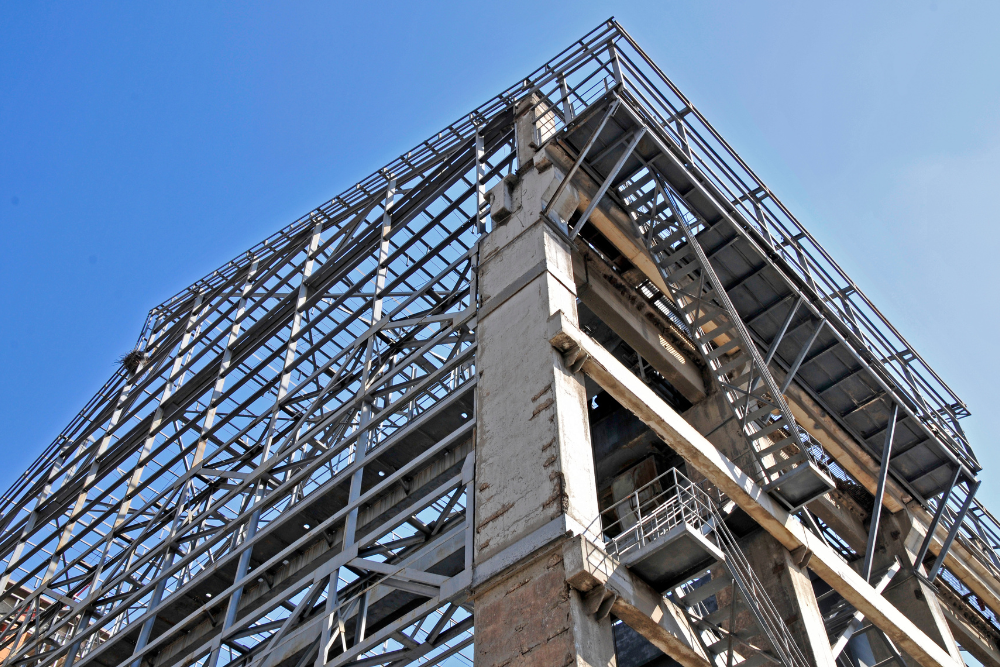The field of structural engineering is concerned with the design and analysis of structures, ensuring their safety, stability, and functionality. A building structure is the framework that supports the various components of a building, including the roof and floors. The choice of structure type depends on several factors, such as the intended use of the building, the site conditions, and the desired cost-effectiveness.
Building Structure Concept
A building structure is typically composed of load-bearing elements that resist the forces acting on the building, such as gravity, wind, and seismic loads. These elements can be made of various materials, including concrete, steel, wood, and masonry.
10 Types of Building Structure
There are numerous types of building structures, each with its own unique characteristics and applications. Here are 10 common types:
Defined by Type
- Framed structures: These structures consist of a framework of interconnected members, such as beams, columns, and trusses. They are commonly used in residential and commercial buildings.
- Mass structures: These structures are characterized by their thick, solid walls that provide both structural support and insulation. They are often used in historical buildings and modern architectural designs.
- Membrane structures: These structures are made of flexible membranes that are stretched over a supporting framework. They are often used for temporary or special-purpose buildings, such as stadiums and exhibition halls.
Defined by System
- Steel frame structures: These structures are constructed using steel beams and columns, which are connected together using bolts or welds. They are known for their strength, durability, and faster construction times.
- Concrete frame structures: These structures are made of reinforced concrete columns and beams. They are versatile and can be used for a wide range of building types.
- Timber frame structures: These structures are constructed using wood beams and columns. They are often used in residential and agricultural buildings.
Defined by Application
- Industrial structures: These structures are designed to accommodate heavy machinery and industrial processes. They are typically large and robust.
- Commercial structures: These structures are used for retail, office, and hospitality purposes. They are designed to be aesthetically pleasing and functional.
- Residential structures: These structures are used for housing. They are typically smaller and more intimate than commercial or industrial structures.
Defined by Form
- Shell structures: These structures are characterized by their curved or domed shape, which provides structural strength and efficiency. They are often used for large-span buildings, such as stadiums and auditoriums.
- Truss structures: These structures are composed of triangular units that are connected together to form a rigid framework. They are commonly used for roofs and bridges.
Defined by Material
- Masonry structures: These structures are constructed using bricks, stones, or concrete blocks. They are known for their durability and fire resistance.
- Composite structures: These structures are made of a combination of materials, such as steel and concrete. They offer the benefits of both materials.
Defined by Element
- Pre-engineered structures: These structures are manufactured in a factory and assembled on site. They are often used for industrial and commercial buildings.
Defined by Overall Shape
- Rectangular structures: These are the most common type of building structure, characterized by their rectangular shape. They are versatile and can be adapted to various uses.
- Circular structures: These structures are often used for large-span buildings, such as stadiums and arenas. They offer a unique and visually striking appearance.
Innovative Building Structures
In recent years, there has been a growing interest in developing innovative building structures that are more sustainable and efficient. Some examples include:
- Modular structures: These structures are built from prefabricated modules that can be easily assembled and disassembled. They are highly adaptable and can be used for a variety of applications.
- 3D-printed structures: These structures are created using 3D printing technology, which allows for complex and customized designs. They offer the potential for faster construction times and reduced waste.
- Geodesic structures: These structures are characterized by their triangular lattice framework, which provides exceptional strength and stability. They are often used for temporary or special-purpose buildings.
The choice of building structure depends on various factors, including the intended use, site conditions, and budget. By understanding the different types of building structures and their characteristics, you can make informed decisions about the design and construction of your project.
Recommendations
- Consult with a structural engineer: A qualified structural engineer can help you select the most suitable structure type for your project.
- Consider the local climate: The climate in your area will influence the materials and design of your structure.
- Factor in maintenance costs: Some structure types require more maintenance than others.
- Explore innovative designs: There are many innovative and sustainable structure types available.


